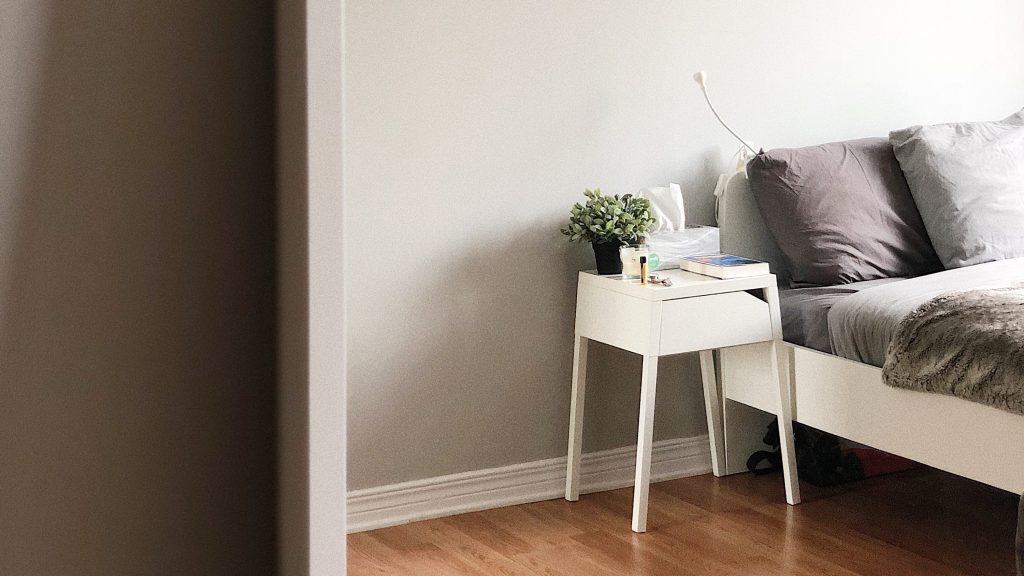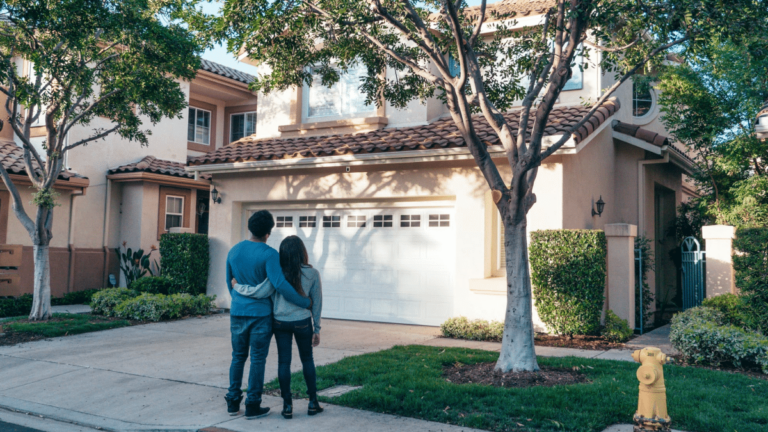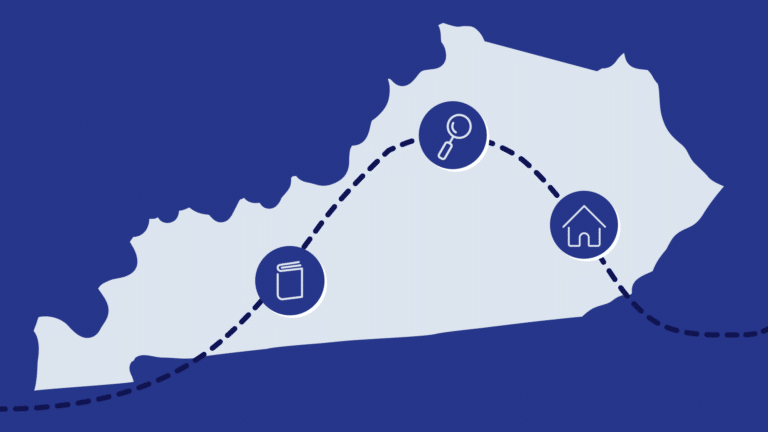Legally, there’s nothing stopping you from getting a mortgage this afternoon and refinancing it tomorrow morning. But just because you can do something doesn’t mean you should.
If you’ve only recently joined the ranks of mortgage-paying homeowners, you might be curious:
Exactly how soon after your first mortgage can you refinance? How long do you need to wait if you want to refinance? As a homeowner, what factors do you need to consider before refinancing?
First: a Quick Refresher on Refinancing

When it comes to mortgages, refinancing means taking on a new mortgage and using the money to pay off an existing mortgage. Most people who choose to refinance their mortgages do so to lower their monthly mortgage payments. If your initial mortgage was an adjustable rate mortgage, you could refinance to switch to a more traditional fixed-rate mortgage. In a cash-out refinance, borrowers take cash from the equity they’ve built in their homes to use for something else. Paying down credit card debt or financing a major life event are popular choices.
(There is also something called a cash-in refinance. For a cash-in refinance, the borrower refinances to pay a large sum all at once towards the balance. Cash-in refinances aren’t all that common. But in a divorce where one spouse pays the other for their half of a shared asset, and one partner’s names needs to be removed from the deed and the mortgage anyway, a cash-in refinance might make sense.)
If you’re new to this whole refinancing concept, we’ve got more in-depth refinancing coverage here.
The Absolute Minimum Timeframe to Refinance

Most lenders won’t consider refinancing a mortgage on their own books until at least a little bit of time has passed. The actual time frame varies form lender to lender, but it’s usually somewhere around 120 or 180 days. (Refinancing an FHA loan with another FHA loan? Then it’s 210 days.)
A lender who has just taken on a chance on you as a borrower is going to want to see a few months’ worth of on-time mortgage payments before considering a new mortgage loan application.
If you’ve only had your mortgage a month or two but your heart is set on refinancing, you’ll almost certainly need to find a new, entirely different lender willing to refinance your existing mortgage.
Other Considerations for Quick Turnaround Refinancing

The rules lenders use to decide whether to work with you on refinancing your home are not very different from the requirements your lender used when they decided to give you your first mortgage.
When refinancing, a lender will want to look carefully at your incomes and debts, for example. Depending on the lender, you may be able to get away with bypassing some of the appraisals your lender required the first time you got a mortgage.
In any case, you can definitely expect to round up the same supporting documents. And yes, refinancing also means submitting to the same level of financial scrutiny as your original mortgage.
If you’re thinking about refinancing quickly, it’s also worth remembering that your financial situation may have changed even in a short period of time. Let’s say you’ve made a few major purchases since you bought your home (not uncommon). If that’s the case, your debt-to-income ratio may have taken a hit. A higher debt-to-income ratio could impact your eligibility for a refi.
The Most Important Variable to Consider
For a quick refinance scenario, the most important factor—and probably the most difficult hurdle to clear—is going to be the LTV, or loan-to-value ratio for your prospective new mortgage.
If you made a significant down payment the first time around, or if your home has suddenly and significantly appreciated in value, you may be in the clear even if you haven’t held your mortgage for very long—especially if you aren’t looking to take cash out. But most lenders are going to want to see an LTV of 80% or less for a conventional refinance.
From a lender’s perspective, the less equity a homeowner has in her home, the riskier it is to loan her the funds to finance that home’s purchase. A homeowner who made a 20% down payment on a $200,000 home has put $40,000 of her own money into the place. A homeowner who made a 3.5% down payment on that same home would only have invested $6,000. If times get tough, it stands to reason that the homeowner with more money invested in her home will be less willing to just walk away from it. Lenders don’t want to deal with foreclosures.
If you currently owe more than about 80% of what your home is worth on your existing mortgage, or if cashing out the equity you do have in your home would put you over that amount, it’s not likely that you’ll find a lender willing to offer you a loan to refinance just yet.
Refinancing Isn’t Free

Refinancing your existing mortgage can save you money or give you access to needed funds. But the truth of the matter is that refinancing isn’t free.
Just like your first mortgage, there are closing costs when you refinance. Often, the closing costs for your refinance can be rolled into the mortgage itself. So you won’t necessarily wind up paying out-of-pocket. But refinancing your mortgage to drop your interest rate .5% might not be worth incurring thousands of dollars in closing costs.
Pre-payment penalties are less common these days than they used to be. Still, it’s worth it to double-check the fine print for your existing mortgage. Your current lender could charge you a fee to pay early.
So, how soon is too soon to refinance your mortgage? Or maybe more importantly, when is the right time to refinance?
As with so many things, the answer will depend on your individual goals and financial circumstances. Refinancing a month or two into being a homeowner isn’t likely to be feasible, and probably isn’t wise. But if you’ve got a year or two of home ownership under your belt, refinancing may be worth investigating. Refinancing your mortgage could help save you money or put you on the path to meeting your longterm financial goals. If you’re curious, our mortgage experts can help you see if refinancing your mortgage makes sense for you now.







